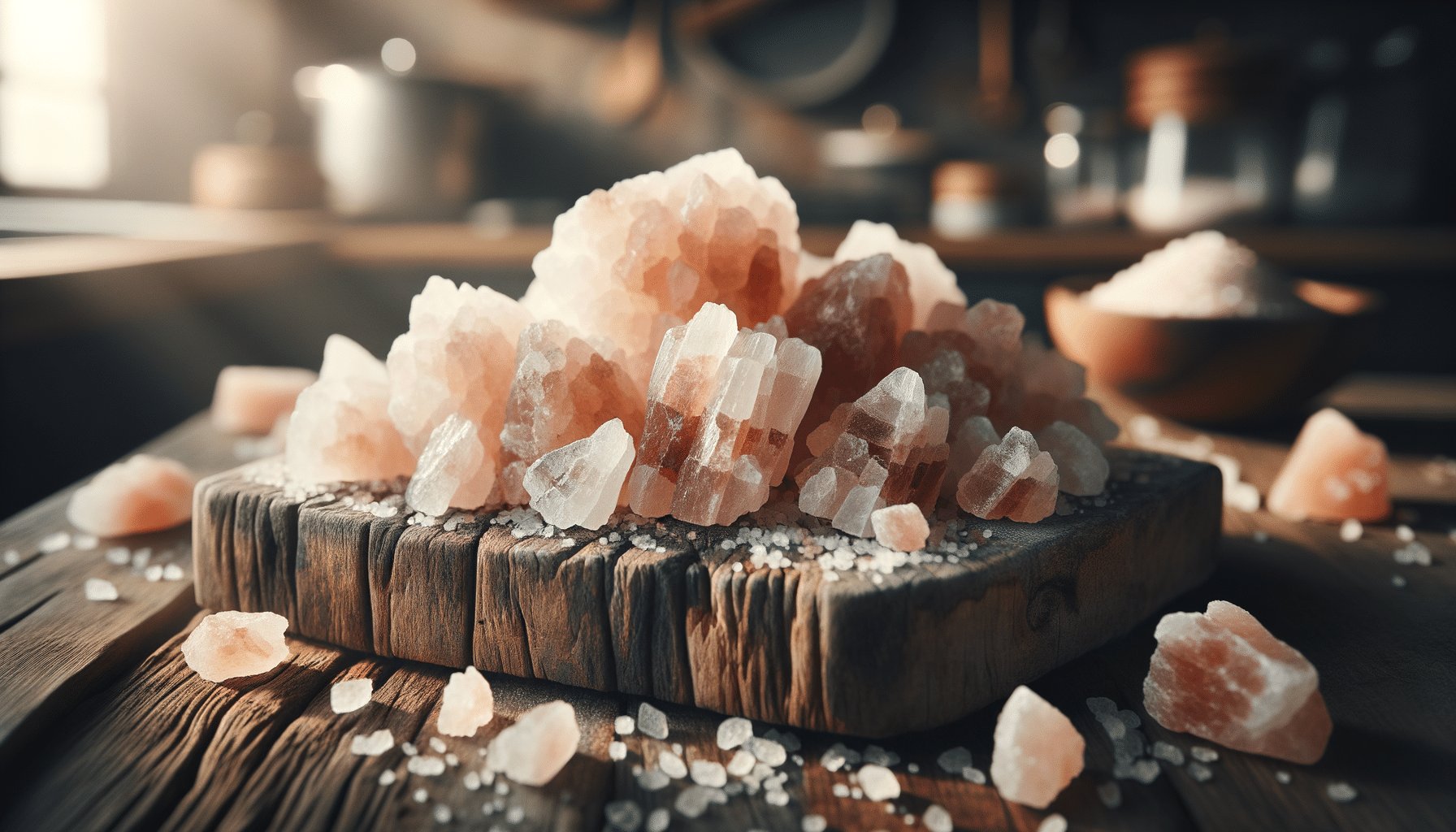
Discover the Natural Wonders of Himalayan Salt
Introduction to Himalayan Salt
Himalayan salt, often recognized by its distinctive pink hue, has captured the attention of culinary enthusiasts and wellness advocates alike. Its origins trace back to the ancient sea beds of the Himalayan mountains, where it has been preserved for millions of years. This natural salt is mined from the depths of the mountains, offering a purity that is both rare and esteemed. The allure of Himalayan salt lies not only in its aesthetic appeal but also in its rich mineral content, which includes traces of calcium, magnesium, and potassium. These minerals contribute to its unique flavor profile and potential health benefits, making it a popular choice for those seeking natural alternatives in their diet and lifestyle.
The Role of Himalayan Salt in Natural Wellness
Natural wellness practices often emphasize the use of pure, unprocessed ingredients, and Himalayan salt fits seamlessly into this philosophy. Its mineral-rich composition makes it a favored choice for various therapeutic applications. Inhalation therapies, for instance, utilize Himalayan salt to help alleviate respiratory issues by mimicking the microclimate of salt caves. Additionally, Himalayan salt lamps have gained popularity for their purported ability to cleanse the air by emitting negative ions, creating a calming ambiance that promotes relaxation and stress reduction. Whether used in salt baths to soothe sore muscles or in scrubs to exfoliate the skin, Himalayan salt offers a natural, holistic approach to wellness that aligns with the growing trend of embracing nature’s gifts.
Understanding Pink Salt: A Closer Look
Pink salt, a term often used interchangeably with Himalayan salt, refers to its characteristic color derived from trace minerals such as iron oxide. This striking pink hue not only adds visual appeal to dishes but also signifies the presence of essential minerals that contribute to its reputation as a healthier salt alternative. Compared to regular table salt, pink salt is minimally processed and free from additives, preserving its natural composition. Its unique flavor, described as slightly more complex than traditional salt, makes it a versatile ingredient in the culinary world, enhancing both savory and sweet dishes. The growing demand for pink salt reflects a broader movement towards natural, unrefined ingredients that support both health and sustainability.
Incorporating Himalayan Salt into Your Daily Routine
Incorporating Himalayan salt into your daily routine can be both simple and rewarding. In the kitchen, it serves as a flavorful seasoning that can elevate the taste of your meals. Its coarse texture makes it an excellent choice for seasoning meats, vegetables, and even desserts. Beyond the kitchen, Himalayan salt can be used in a variety of wellness practices. Consider adding it to a warm bath for a soothing soak that helps relax muscles and rejuvenate the skin. Alternatively, using it as a scrub can provide gentle exfoliation, leaving your skin feeling soft and refreshed. The versatility of Himalayan salt extends to home décor as well, with salt lamps offering both aesthetic and potential health benefits. Embracing Himalayan salt in your lifestyle not only enhances your culinary experiences but also aligns with a holistic approach to health and well-being.
Conclusion: Embracing the Benefits of Himalayan Salt
Himalayan salt, with its unique pink hue and mineral-rich composition, offers a myriad of benefits that extend beyond the kitchen. Its role in natural wellness practices highlights its versatility and the growing appreciation for natural, unprocessed ingredients. Whether enhancing the flavors of your meals or contributing to a calming atmosphere in your home, Himalayan salt invites you to explore the simple yet profound ways nature can enrich your life. By incorporating this ancient salt into your routine, you embrace a lifestyle that values purity, wellness, and sustainability.


